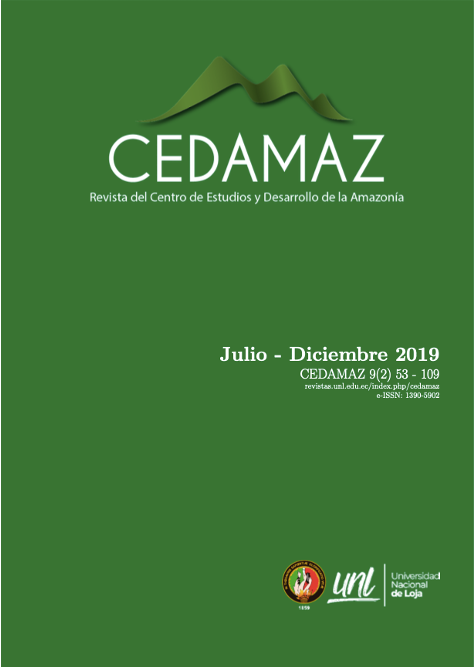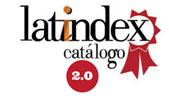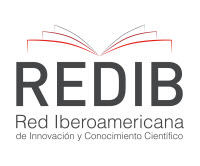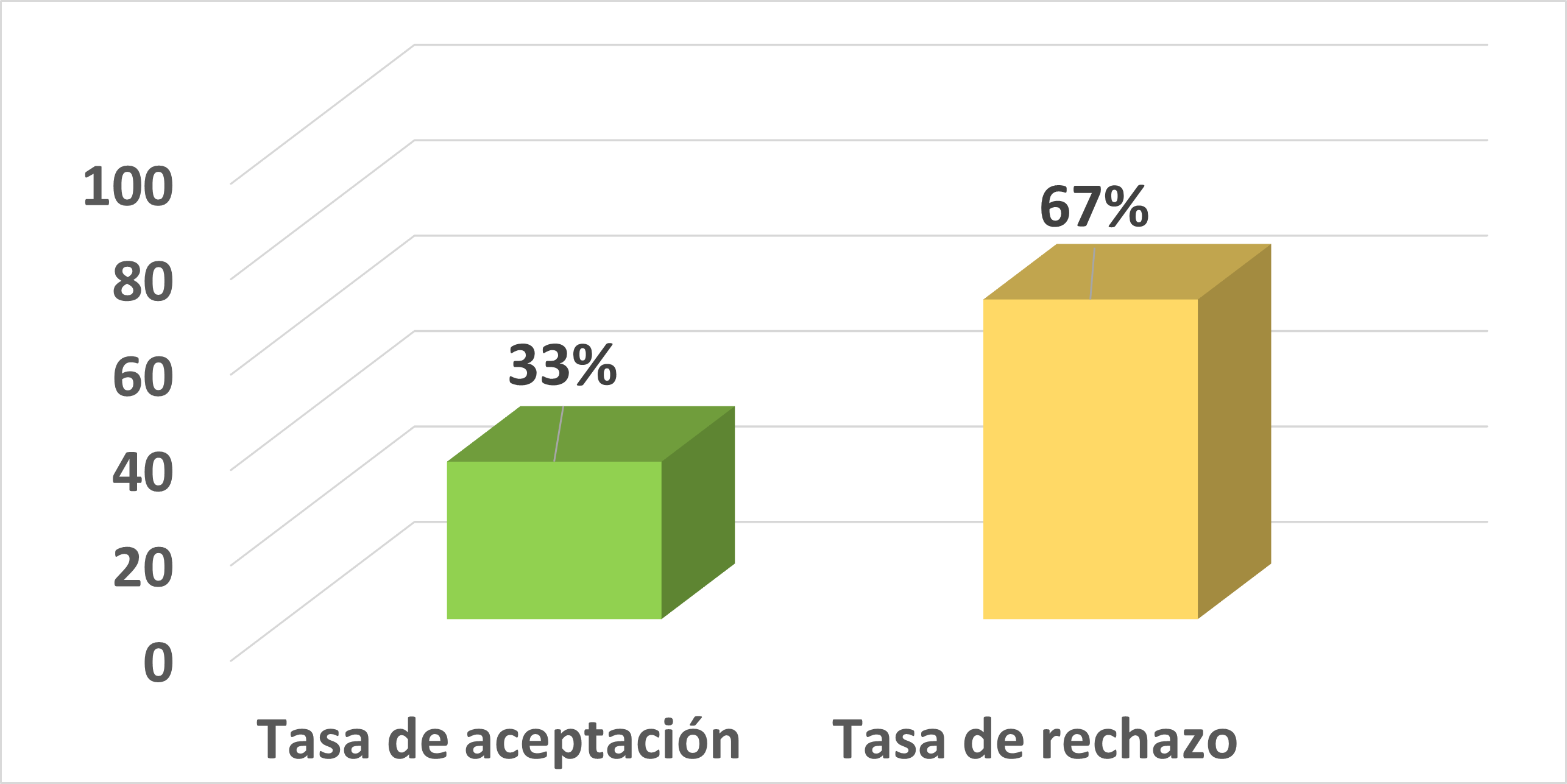Hepatic hemangioma. Three phases computed tomography scan study. Case presentation.
Abstract
Hepatic hemangiomas (HH) are the most common primary liver tumors. Characterized by being solitary lesions, small and benign. In general they are asymptomatic and are diagnosed incidentally during the evaluation of nonspecific abdominal symptoms, using imaging methods such as ultrasound, computed tomography scan or magnetic resonance scan. The treatment and monitoring of hemangiomas is individualized. We present the case of a 54-year-old woman, who consults for diffuse abdominal discomfort in whom a hemangioma of 4.8 cm in diameter is diagnosed in the three-phase tomographic study.Downloads
Published
2019-12-31
How to Cite
Juárez-Macas, C., & Villa-López, D. (2019). Hepatic hemangioma. Three phases computed tomography scan study. Case presentation. CEDAMAZ, 9(2), 62–65. Retrieved from https://revistas.unl.edu.ec/index.php/cedamaz/article/view/617
Issue
Section
Casos clínicos
License
Copyright (c) 2021 CEDAMAZ

This work is licensed under a Creative Commons Attribution-NonCommercial-NoDerivatives 4.0 International License.
Those authors who have publications with this journal, accept the following terms:
- After the scientific article is accepted for publication, the author agrees to transfer the rights of the first publication to the CEDAMAZ Journal, but the authors retain the copyright. The total or partial reproduction of the published texts is allowed as long as it is not for profit. When the total or partial reproduction of scientific articles accepted and published in the CEDAMAZ Journal is carried out, the complete source and the electronic address of the publication must be cited.
- Scientific articles accepted and published in the CEDAMAZ journal may be deposited by the authors in their entirety in any repository without commercial purposes.
- Authors should not distribute accepted scientific articles that have not yet been officially published by CEDAMAZ. Failure to comply with this rule will result in the rejection of the scientific article.
- The publication of your work will be simultaneously subject to the Attribution-NonCommercial-NoDerivatives 4.0 International (CC BY-NC-ND 4.0)









